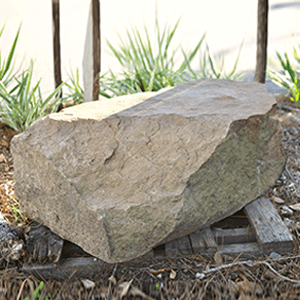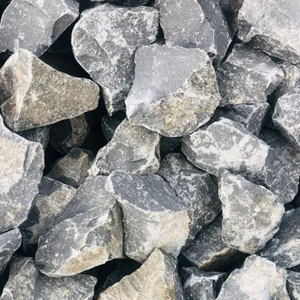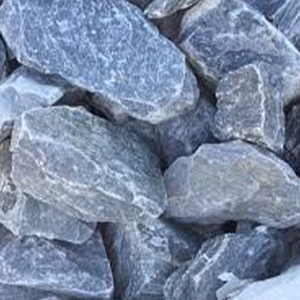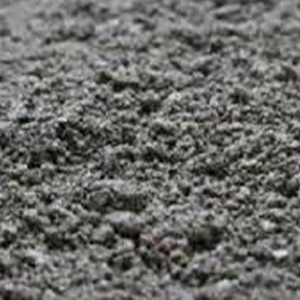Boulders
How Boulders are Born?
Over 75,000 years ago, the Laurentide Continental Glacier covered most of Canada and some of the northern regions of the United States. When this glacier started to recede 20,000 years ago, rainwater and melted ice began seeping into the porous bedrock. The water would freeze and expand, causing the rocks to crack. This process is known as mechanical weathering. The downward slope of the region combined with the melting permafrost underneath resulted in the movement of the rocks downward, or mass wasting, to create Boulder Field.
In this activity, students will review and discuss weathering, erosion and mass wasting, to gain a stronger understanding of how Hickory Run’s Boulder Field was formed after the Laurentide Continental Glacier receded. Using edible materials, students will model and demonstrate the geological processes that formed this unique feature.
What are boulders?
For some time now small boulders and cobbles, as well as the production of slabs from large boulders are successfully ap- plied worldwide for wall construction and other uses as part of the “Boulder Concept”.
Boulders, cobbles and pebbles, someti- mes defined as unconsolidated sediments, are a widely available source of structural stone material in informal constructions, apart from their use as aggregates. Boul- ders are the largest stones of the three kindsmentioned above, starting at a dia- meter of about 256 mm. Assuming they are of a perfect spherical shape and take
2.70 as the specific gravity, they should weigh 23 kg. The smallest cobble size starts at 64 mm and weighs 3.75 kg. Peb- bles, in addition to their use as aggrega- tes, are used for wall decorations. Large pebbles, weighing over 1kg, are included in a cobble mix. In construction practice the terms are loosely used and boulders may also include larger sized cobbles.
Sources
Large boulders sometimes form eminen- ces large enough to pass for outcrops. Such residual rocks may stand out at the ground level of batholiths and could well be part of igneous off-shoots separated by deeply eroded valleys. Inselbergs, kopjes, knobs, hillocks, monad-nocks, stocks, buttes, bosses are few of the names ap- plied to such features, although these do not imply genetic affinities or connec- tions to the regional mass.
Types of Boulders
Granite boulders are a popular choice for retaining walls due to their exceptional strength and resistance to weathering. Their wide range of colors and sizes allows for a versatile design that can match any aesthetic.
Sandstone boulders, particularly the beautiful red sandstone found in southern Utah, offer a unique and visually stunning option for retaining walls. Their natural color variations and textures make them an attractive choice for any project.
Limestone boulders are prized for their attractive appearance and ease of use. Available in colors such as white, gray, and tan, these boulders provide excellent stability and adaptability for retaining wall projects.
Basalt boulders are dark-colored and highly durable, making them suitable for retaining walls in areas with harsh weather conditions. Their natural resistance to erosion ensures a long-lasting performance.
Fieldstone boulders are irregularly shaped stones gathered from fields or riverbeds, providing a rustic and natural look for retaining walls. Their range of sizes, colors, and textures offers endless design possibilities.
Usage of Boulders
The more traditional use of boulders or cobble stones is for retaining walls to keep back earth, soil, infill, and terracing, or to preserve contour levels, road cut- tings, or control erosion, with one face.
Types of Metal.

Boulders

CI

Rubbles 6x9

